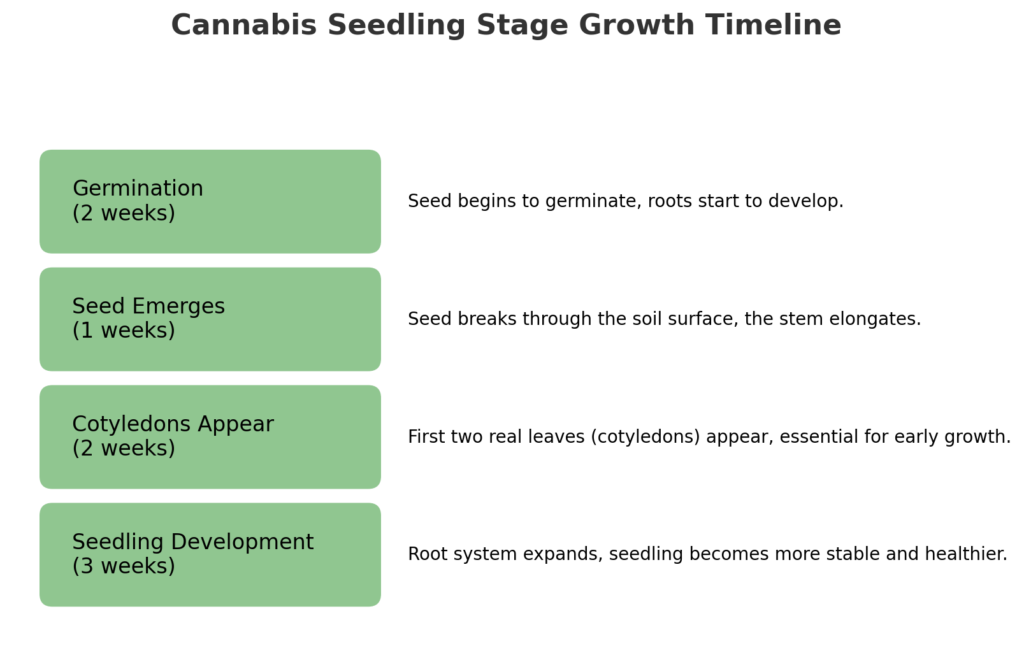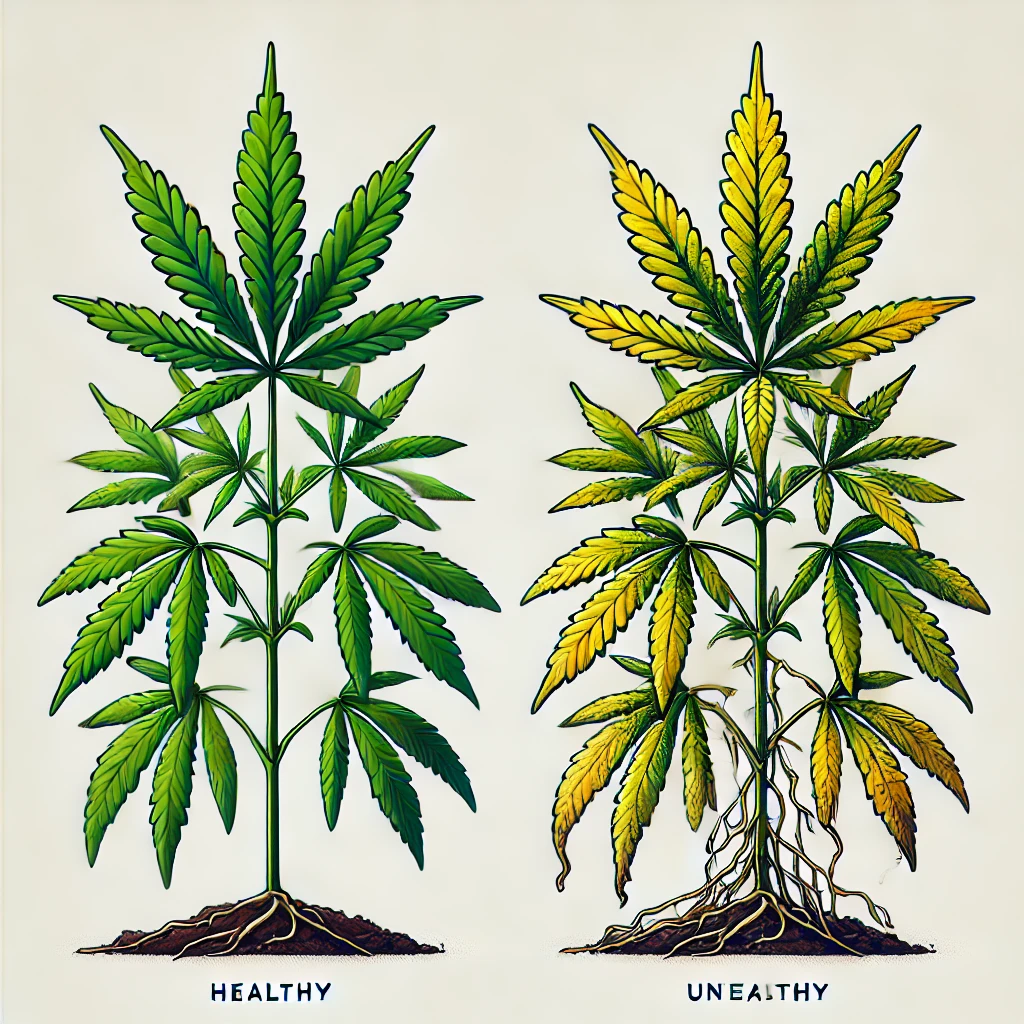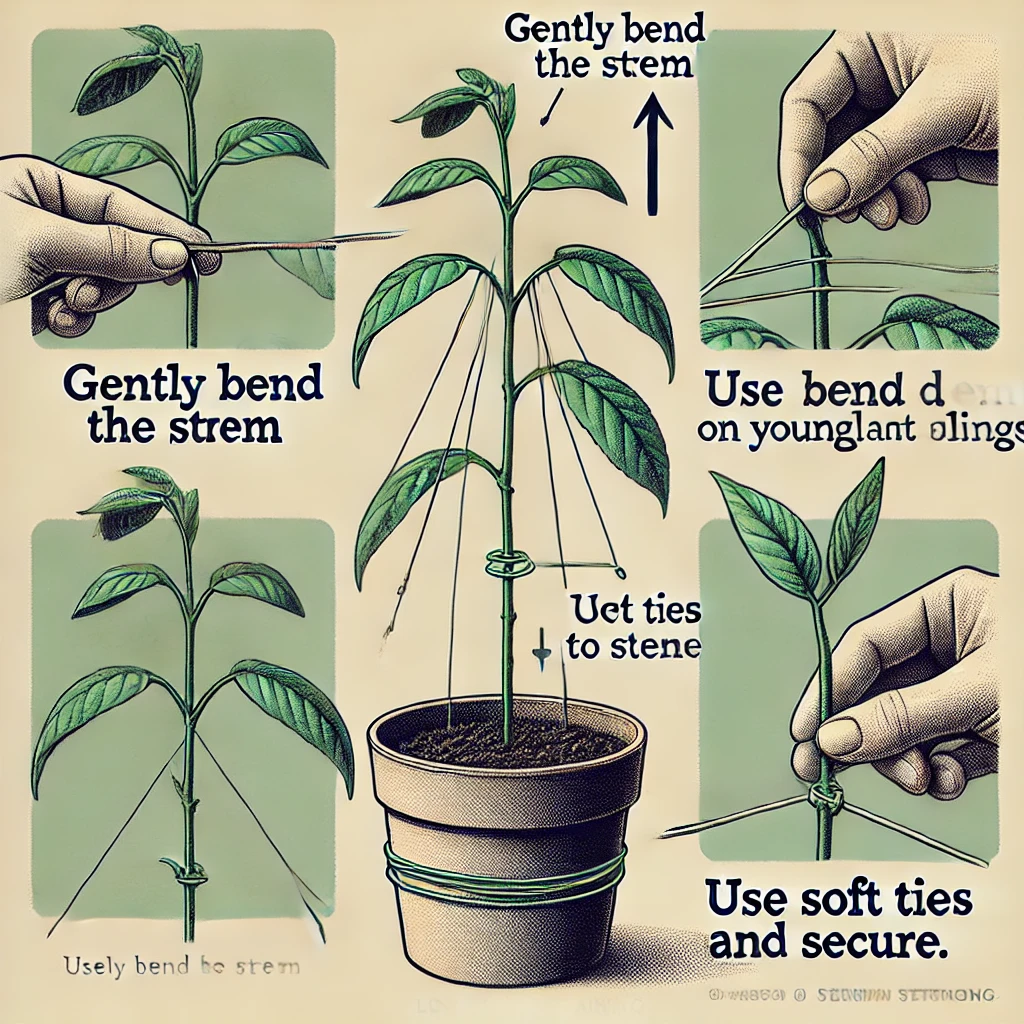Introduction
The seedling stage is among the critical development phases if marijuana production because it flowers the rest of the plant development. This is probably the most critical stage of your grow cycle, which means that proper care will help determine the outcome of all the other stages. This guide will offer you knowledge on all that you require to know regarding cannabis seedlings, the basic care to advanced care that you require to give cannabis seedlings. Do not forget the words “The success of your cannabis harvest greatly depends on how you take care of seedling stage.”
Understanding the Cannabis Seedling Stage
What Is the Cannabis Seedling Stage?
The seedling stage starts from the time the seed emerges and starts to grow until the first two ‘real’ leaves, called cotyledons emerge. This stage normally takes 2-3weeks it is considered important in development of the plant root system and general health. It has to be noted that during this period, the seedling is very vulnerable to environmental conditions, therefore, it should be taken good care of.


Key Characteristics of Healthy Seedlings
A general sign that the cannabis seeds germinating well is a sign that the leaves are bright green and the stems and root should be strong. The leaves should be bilateral symmetrical and the margin of the leaves should be finely serrated. Any discoloration, wilting, or shape abnormities can often point in direction of nutrient deficits or stresses from the environment. Hence there is need to regularly conduct inspection in order to try and arrest these lapses as early as possible.

Essential Seedling Care Techniques
Selecting the Right Growth Medium: Coco Coir, Rockwool, or Soil
Selecting the appropriate growth medium is of an uttermost importance when dealing with seedlings.. Coco coir has high water-holding capacity coupled with good aeration, which makes Coco coir ever favourite for the growers. additionally supports well and has high moisture retention but needs to be monitored for the pH level. It is natural, good at pH stability, and allows for adding natural nutrients to the growing plants – it is soil. It should therefore be made depending on the growing condition that one aims at achieving. Newcomers that entail beginner’s innocence are advised to use soil because it is tolerant of different types of errors.

Proper Watering Techniques to Prevent Overwatering
Irrigation is the most sensitive thing at the seedling stage Water the seedlings but do not overwater them. Excess water can cause root rot while lack of water stunts the plants growth thus drainage is very important in hydroponics. A general advice that should be followed is that, the top one inch of soil should be dry before watering the plants. Water the plants with a spray bottle so as not to overwater the roots of the plants. One of the biggest misconceptions is overwatering a plant, so be pushy and give the plant less water than it needs.
Light and Temperature Management for Optimal Growth
Seedlings need ample light but are very fickle about the amount of it. Having more blue light is best during this stage as it stimulates the plant to grow vigorously, and be very healthy. Position of the light source should be about 24-36 inches above the seedlings so that they do not get burnt. Streptococcus thermophilus is best grown at a temperature between 70-75°F (21-24°C). Closely control temperature as changes in it can prove to be problematic for the young plants using a thermometer.
Maintaining Ideal Humidity Levels for Seedlings
Growing cannabis seedlings is best done when the humidity levels are high; the preferred humidity level is usually between 65 – 70%. Check humidity levels using a hygrometer and be sure to add a humidity dome if you wish to keep the amounts steady. There is also the problem of water absorption through the roots of the tiny plants; if the air is too dry the plants cannot absorb adequate moisture and if the surrounding humidity is too high then, there is likely to be growth of molds and mildews.
Advanced Growth Techniques for Seedlings
Enhancing Root Growth with Mycorrhizal Fungi
Mycorrhizal fungi are on the plant root and they help in absorption of nutrients and water by the plant. These fungi when used on cannabis seedlings do have the potential to contribute to root growth and increases the vitality of the plant. Apply the mycorrhizal products as recommended and make sure they would mix well with the growing media.
Blue and Red Light Spectrums for Cannabis Seedlings
Blue light facilitates elongation of the stems and the leaves of the seedling. When growing a plant, it is important to switch between the stages and when the plant is in the flowering stage, the application of red light is encouraged to bring it to the vegetative stage. Get full-spectrum LED grow lights that can be dimmed and AC/DC for timing the lighting conditions during its growth cycle.
Nutrient Management: Feeding Your Seedlings Right
The second stage that is seedling stage, cannabis plant need balanced nutrients of nitrogen phosphorus and potassium (NPK). Use diluted nutrient solution and then as the plant begins to mature, then you increase the concentration of the nutrient solution. It may be possible to apply the fertilizer every other watering, depending on plant-kind, but always observe plants for a sign of burn or nutrient deficiency.
Implementing Low Stress Training (LST) on Seedlings
Low Stress Training (LST) for instance entails the use of bending and tying of the plant’s stems so that they would form a flat layer. Although this technique is usually applied in later stages, the application of it at an early can help to cultivate it evenly and put light more evenly. It is also necessary to tie the plants with soft stems using a material that will not harm the stems since they are quite brittle.

Common Seedling Problems and How to Avoid Them
Identifying and Preventing Nutrient Deficiencies
Diseases may be characterized by development of yellowish colours in the leaves, growth being slow or even short stemmed. To avoid such problems, always make sure that your seedlings are given a right balance of nutrients that are appropriate for their age. If presented with symptoms, one reacts by modifying his feeding pattern, and in a more severe circumstance, he tests his soil or water for any inequality.
How to Fix Stretching Seedlings
This is experienced when seedlings are exposed to inadequate light hence; they grow tall and thin known as stretching. To rectify this, tuck in your light source or change to a better light. always maintain light on the seedlings during the day, for nearly 18- 24 hours in the case of seedling stage.
Avoiding Damping-Off: Tips for Disease Prevention
Damping-off is a form of a fungal disease that is hazardous to seedlings as it can easily kill them. Schultz and Giddings Going further, it prefers excessive moisture, thus the responsibility of watering and aeration is crucial in avoiding its growth. If you have any doubt that damping-off is present, it is wise to withhold water and increase the space that is allowed for air to circulate. It is also advised to avoid the use of contaminated growing media and pots or containers which may act as a source of infection of this disease.
Creating the Ideal Environment for Seedlings
Optimizing Light Exposure
Seedlings also have their special needs when it comes to light – they should be illuminated evenly. Make sure they get at least 18 hours of light during the day and practice time regularity. Be careful with light intensity; high light intensity can scorch the leaf margin while low light intensity results in plants being too ‘leggy’.
Smart Environmental Control Systems for Optimizing Seedling Growth
Smart environmental control systems may be used to regulate or monitor temperature, humidity, and CO2 to arbitrary levels if required. These systems can control the amendments regarding the real-time data to guarantee your seedlings are ever in the correct environment. That is why for those who strive for the effective utilization of growth, the acquisition of such systems can become a real breakthrough.
Temperature Control Best Practices
by adjusting the thermal regime, it is necessary to maintain a constant temperature of 70-75°F (21-24°C) for the further growth of seedlings. Some of the things to do are to use a digital thermostat in order to regulate temperature of the incubator, and to never place seedlings close to the drafts or sources of heat so that the temperature fluctuation would not affect them.
Managing Air Circulation and CO2 Levels
Convection is critical for subtracting mold formation and making sure seedlings get the CO2 required for purposes of photosynthesis. Baby plants need a constant airflow around them and thus should be fanned using oscillating fans. If growing in a controlled environment then one can always rely on CO2 enrichment for better growth.
When and How to Transplant Cannabis Seedlings
Best Time to Transplant Seedlings
Transplanting should be done when the seedlings are at least 3-4 transparent nodes and can be observed that the roots are taking the space in the current pot. The general output of seedlings ready are strong roots that can be seen coming out of the drainage holes and good strong growing tips.
Step-by-Step Guide to Transplanting
- Prepare the new container: Insert your preferred growth medium in it leaving a hole with enough space for the seedling’s root ball.
- Water the seedling: Before transplanting water the seedling several hours before day so that it will minimize the shock..
- Carefully remove the seedling: To transplant the plant, one needs to place the plant in the current container and with your fingers applying a gentle pressure on the sides of the current container, you tilt the plant slightly such that you can dispose the container without causing harm to the roots.
- Place the seedling in the new container: Place the seedling in the prepared hole and gently tread around the seedling to firm the soil.
- Water thoroughly: When transplanting ensure that the seedling is watered so that it can get used to the new environment.
Post-Transplant Care for Seedlings
When seedlings are transplanted they are experienced transplant shock after they have been transplanted. To reduce this, store them in a stable condition, light, humidity and temperature. It is advisable to water the seedlings moderately and do not feed them for the first few days to enable them acclimatize.
Conclusion: Key Takeaways for Successful Cannabis Seedling Care
Growing cannabis seedlings to healthy seedlings involves keen monitoring of conditions in their growing stations as well as provision of nutrients and other interventions at appropriate times. If you observe the recommendations indicated in this guide attentively, then your seedlings will have a good start and guaranteed high yields. This is to note that great efforts put towards its initial stage will always be welfare throughout the life cycle of the plant.
For more information on other growing phases of cannabis, feel free to sign up for our newsletter service or be our member in the social forum. Happy growing!

